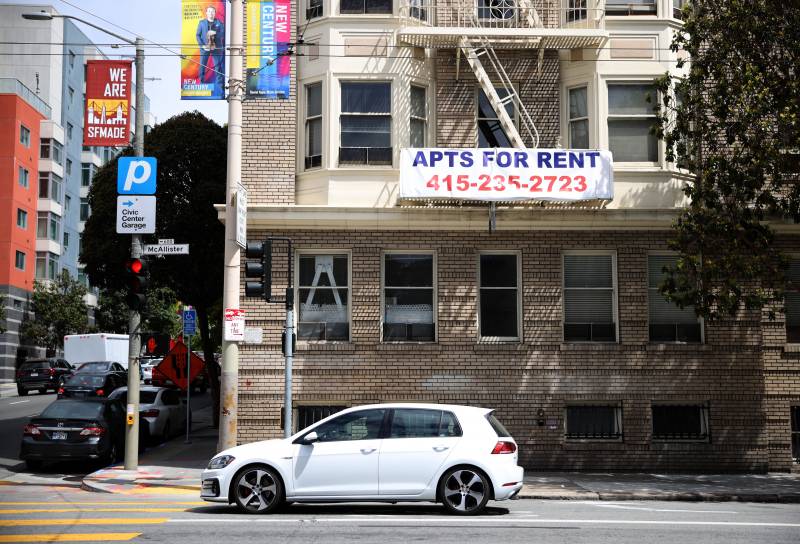Two days after Californians gave him a vote of confidence by rejecting the recall, Newsom chose to return to the state’s housing crisis as his first significant policy action, with 700-odd bills on his desk awaiting action.
But what do these new laws mean for housing affordability in a state whose median home prices have already shot past $800,000?
Not as much as the governor promoted, according to Dan Dunmoyer, president and CEO of the California Building Industry Association.
“We’re not going to build, like, 500,000 homes next year. We’re still going to build 100,000, and we need 180,000 just to break even,” he told CalMatters. “So as far as production moving enormously, that’s not going to happen, because there are so many other levers.”
It’s going to take a few years to translate the legislation into ramped-up construction, but this is a meaningful start, according to David Garcia, policy director for the Terner Center for Housing Innovation at UC Berkeley.
“It signals that lawmakers are willing to take on the traditional sacred cows of housing and single-family zoning. From a political standpoint, that’s a pretty significant shift in the housing landscape,” he said.
The League of California Cities urged Newsom to veto these bills, calling them a “top-down mandate that disregards local voices and decision-making.” After the bill signing was announced, the league said it would “explore all options to ensure local governments have the necessary tools and resources to plan for the types of housing actually needed in their communities.”
Opponents calling themselves Californians for Community Planning are already seeking to qualify a proposed constitutional amendment for the November 2022 ballot to reassert local control over zoning and land-use decisions.
More sweeping bills to reduce local control over zoning and create more affordable housing failed in 2018, 2019 and 2020.


